She Died Because She Posted THIS On Facebook While Driving. Her Final Post Tore My Heart Up!

image via – youtube.com
We have all watched public service messages concerning the tragic results of texting and driving, or for that matter any form of distracted driving. Despite the warnings which equate this with the dangers of drunk driving, people still look away to communicate things with their friends and family, that can certainly wait until they are off the road.
The statistics bear out that the danger of texting while driving is actually not equal to drinking and driving; it is actually 6 times more dangerous than drinking and driving! It is an absolutely terrifying problem; despite the fact that using hand-held devices while driving is illegal in almost every state in the US, nearly 660,000 Americans attempt to use their phone while driving, at any given moment each day.
That is why reporting on Courtney Sanford’s tragic death, and others like it, continues to be so important. She was a beautiful 32-year-old young woman driving along in a great mood.
She felt the need to post on Facebook while driving to share the fact that listening to the song “Happy” on the radio, “made [her] feel so happy”. Ironically, this moment of happiness was the last communication of her life.
Looking away from the road for the 5 seconds it took to post on Facebook, driving 55 mph, Courtney went over the median and hit a recycling truck head-on.
The video you are about to watch below imparts the rest of this tragic story.
Please SHARE This With Your Family and Friends
She Starts Texing During Her Drivers Test. The Result Is Terrifying!
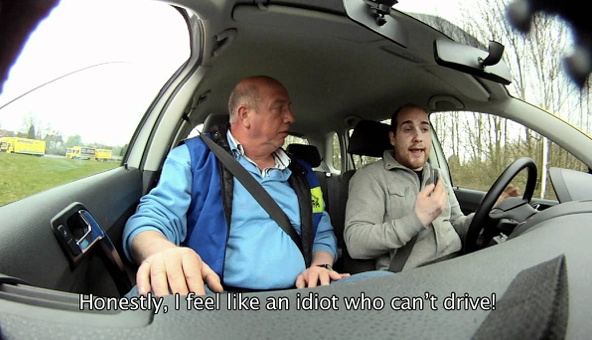
Texting while driving is known to be as, or more dangerous, as drinking and driving. It is mind-boggling that people believe that they are capable of looking away from the road while texting, without it resulting in accidents hurting themselves and others on the road. The distraction is, in fact, extremely dangerous. Over 1.2 million people are victims of car accidents that occur as a result of texting while driving!
Although most people are aware of the danger, they somehow believe that they are the ones who have the unique capability of successfully driving while texting without it resulting in disastrous consequences. Our phones, and social media have become an addiction that drives this need we have to constantly be in contact, even if it endangers ourselves and others. So what is the answer to curbing this terrible behavior?
Although older drivers commit this dangerous behavior, it has been found that a higher percentage of younger drivers text and drive, believing themselves invincible to the consequences. This video sets up a scenario in which new drivers taking their driver’s test, are told that in order to pass they must text while driving. There is nothing more powerful than experiencing a dangerous situation firsthand.
Simply telling people about the dangers of texting and driving doesn’t seem to make the difference that the actual out-of-control experience drives home. Feeling the consequences is crucial to ending the hazards of texting and driving. Share this important video and let us know what you think.
Please Share This Story With Family and Friends
Teen Girl Was Feeling Intense Neck Pain. Her Parents Were Horrified After The Doctors Diagnosed Her.

Kids these days! Some of them are spending up to 5,000 hours a year reading texts and browsing online, all while hunched over looking down at their cell phones and laptops. On average, a person spends around 2-4 hours a day crooked over looking down at their personal devices, and young adults spend even more time than that, logging hours at a time in one sitting.

It doesn’t matter whether it’s a computer, tablet, or cell phone screen, because they all require the user to angle their head down, bending their necks in the process. This relatively new behavior is leading them to develop what is now called “text neck,” an uncomfortable and chronic pain in the neck area.

Text neck occurs when the proper and normal curve in the cervical spine becomes reduced and in some cases it may even move forward. Ideally a person wants to have a 40 degree curve in their spine, but x-rays of text neck sufferers show curves so drastic that they actually have reversed and bend forward in the opposite direction. This type of reversed spinal curvature used to take years to develop and was only seen in older and elderly adults.
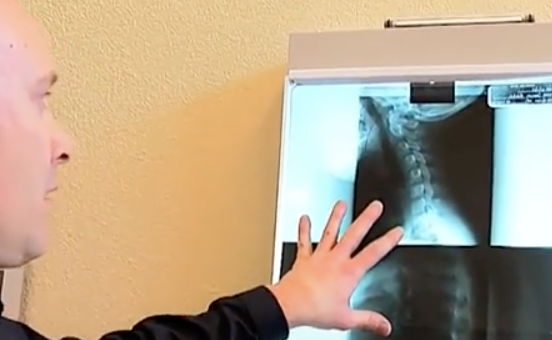
More and more sufferers of text neck are showing up at doctors offices nationwide seeking relief for their aches and pains. They are also increasingly younger and setting themselves up for a variety of possible problems that go beyond general neck pain, including shoulder tension, migraines, and even numbness and tingling sensations down their arms.
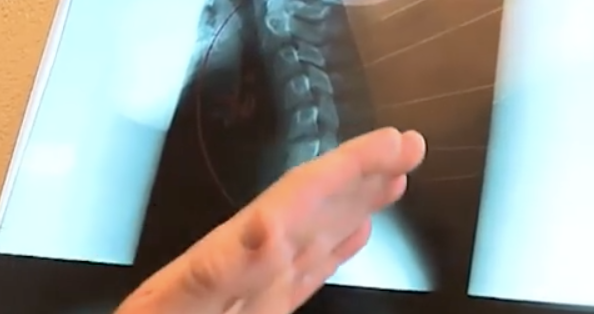
In order to correct the problem sufferers require physical therapy, trips to the chiropractor, and lifestyle changes. To reverse damage, professionals use head weights, shoulder exercises, resistance bands, and adjustments to recondition and strengthen the patient’s shoulder, neck, and back muscles.
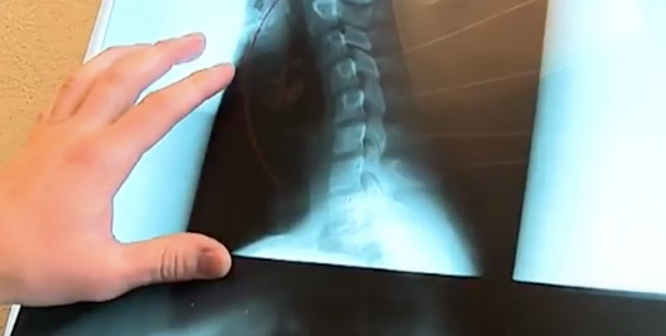
For people reading this and others who may be concerned about text neck, there are less drastic things that can be incorporated into your everyday routine to avoid it. Firstly, it’s important to sit up straight and stop looking down at phones and devices. Instead, hold your phone up higher so that it’s right in front of your face and eyes.

There is even an app available that blinks a red light warning you to raise it higher, in order to help people remember to elevate their phones. Also stand up more often throughout the day and stretch, roll your shoulders, and move around. Just by being aware and conscious of what you are doing, and for how long, can help you avoid tech neck and all the uncomfortable aches and pains that come with it.

Please Share This Story With Family and Friends To Help Raise Awareness
Video: She Steps Out Of The Car For Only a Few Seconds. Then It Tore My Heart To Pieces!

A 2010 experiment with Car and Driver magazine editor Eddie Alterman, which took place at a deserted air strip, showed that texting while driving had a worse impact on safety than if you were driving while intoxicated. While legally drunk, Alterman’s stopping distance from 70 mph increased by 4 feet; by contrast, reading an e-mail added 36 feet, and sending a text added 70 feet. While celebrities such as Oprah Winfrey have campaigned against texting while driving, there are reports that the message has not been getting through to teenagers!
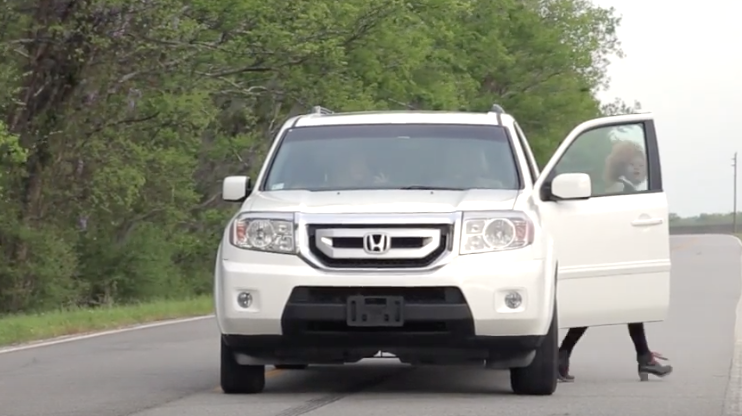
The popularity of mobile devices have some unintended and even dangerous consequences. The use of phones either calling or texting has been linked to a significant increase in distracted driving, resulting in injury and even loss of life.

Watch this dramatic and heart wrenching PSA created to help persuade people to not text and drive. It has become an epidemic in our society, and so many people have paid the consequences of looking down for only a second. Hopefully this video will make you think twice next time you decide to look down and check your phone while you are driving.
Please Share This With Family and Friends




